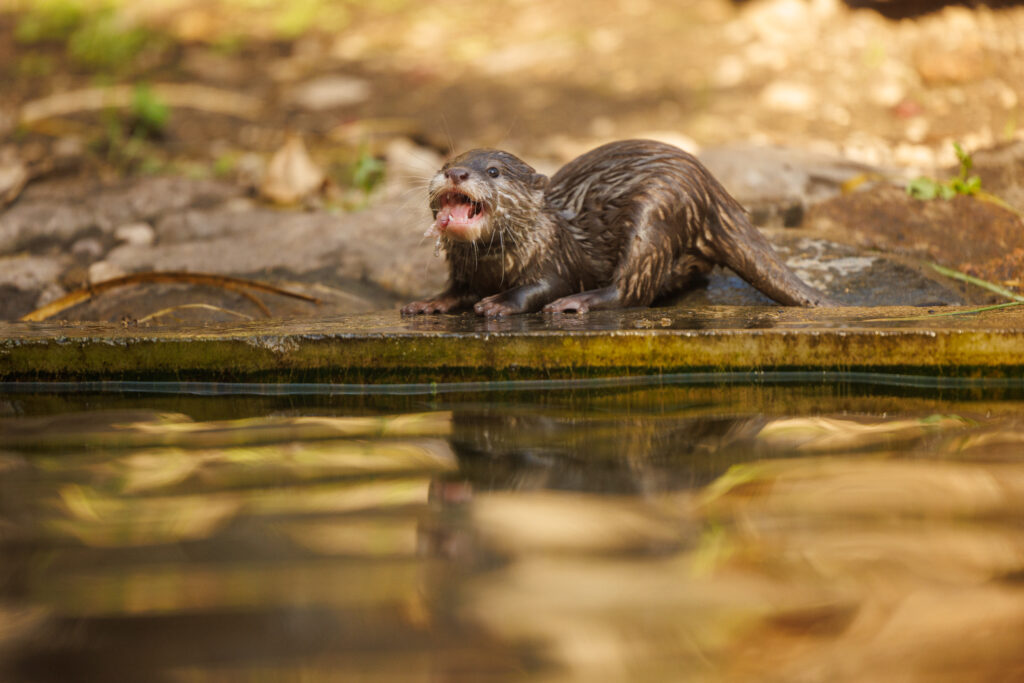Tropical rainforest is filled with lush greenery. When crossing away from the walking path the explorer will be surprised by many different encounters. Plants that grow in all kinds of different directions hide interesting and allouring animals.
When exploring the rainforest, the explorer will have to be prepared for itching bug bites, stinging plants, damp and smelly clothes an equipment and most importantly exciting and at times, terrifying encounters with different animals. All this will be experienced in an environment that resembles an sauna.
The Southeast Asian Rainforest Exhibition includes an amazing and lush plantation that is paved with a slightly unbalanced walking path. However, the exhibition has been made in such a way, that all explorers will not be harmed in any way. Despite this, the fascinating exhibition has hot temperatures. The hot temperatures and raining mist are important for the inhabitants of the exhibition because the animals need this type of climate to survive.
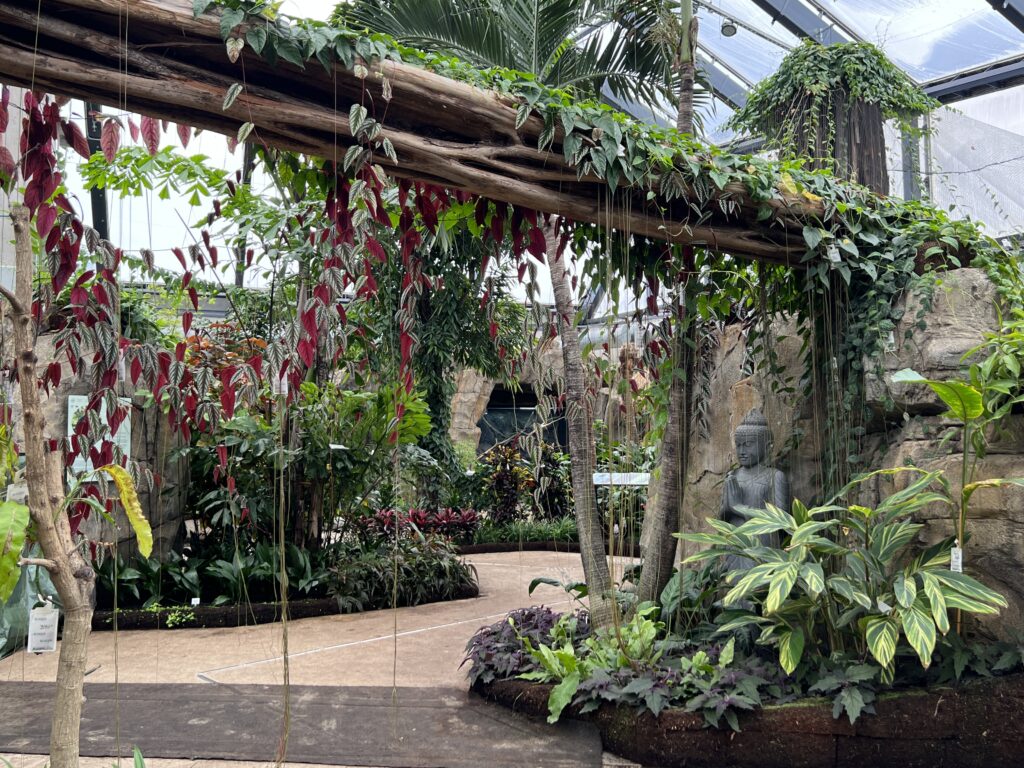
The plantation is still gathering its strength and will grow into a massive ecosystem in the coming years. In order to do so, the plants that have been imported from all over the world, must learn how to grow together to become a unified unit. The plants must also take into account all the animals that live in unison with them.
But the question remains- how can so many species live together and create bonds that are essential for the development of an unique ecosystem?
Some animal species are very social and they need others to keep them company, while at the same time, there are species who expect seclusion and who are trying to distance themselves from other animals. In the wild, no animal can live in complete isolation as the forest inhabitants are surrounded by hundreds and thousands of other inhabitants. In this busy community, finding your own spot is a matter of life and death. Everyone must find a strategy to fit in. There are many successful strategies such as cooperation or dominance that can be successful strategies for survival.
Lewis Carroll said in his book Alice in Wonderland “In order to stay in place, you must not stop”. Natural scientists have been using this phrase for a long time now and named it the “Red Queen hypothesis”. According to the hypothesis, the relationships between species are dynamic and in order to remain in the hierarchical position, the species must evolve all the time.
Some neighbors may be completely uninterested in others but with some other species a friendly harmony can develop. There are also more difficult relationships between species as they may always result in serious conflicts. The latter may be representative of predators who are competing for the same food sources. A helpful tactic may be finding compromises. This is a tactic that the Tallinn Zoo also hopes to achieve. For example, the zoo plans to put together two different species into one enclosure: a binturong and the family of the Asian small-clawed otters.
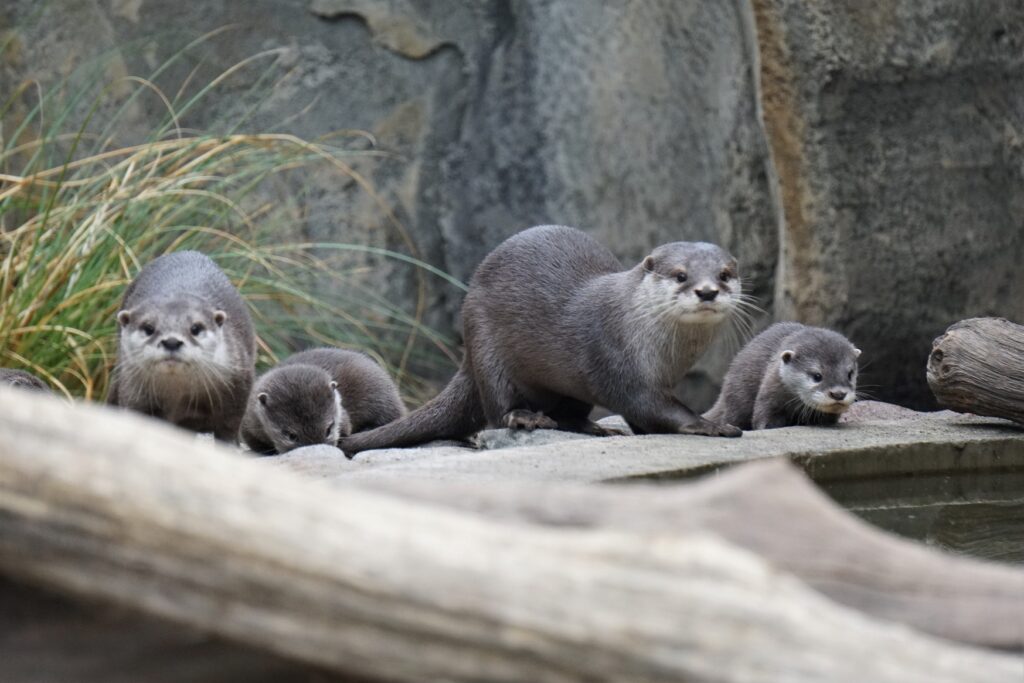
The Asian small-clawed otters are the smallest of the otter species, but they do not lack in the fun temperament. The female otter Rahcel and the male Joey came to Tallinn Zoo from different zoos in Europe, but just after three months of meeting each other, the youngsters became parents! Hopefully this will be a great introduction to the upcoming relationships that we will see in the exhibition.
The next trial looks upon the otters from above. Above their home, two binturongs have just moved in. Binturong reminds a cat, a bear and a sloth, but belongs to the Viverrids family (family Viverridae).
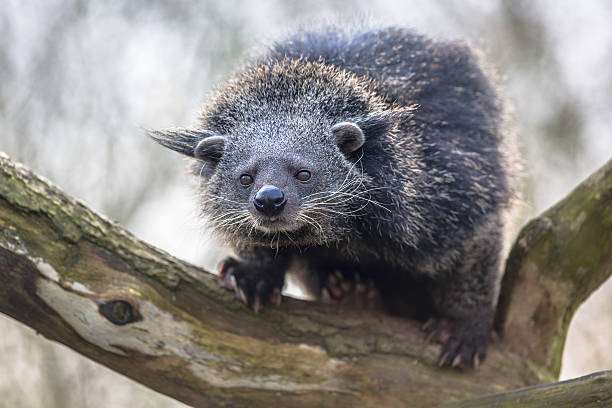
The calm tempered binturong has an incredible skill of climbing trees.
Luckily nature has already made it easier for the two species to live together. Binturong is a nocturnal animal, who prefers fruits and bad encounters are not expected, as the otters are diurnals and prefer to eat fish and shellfish.
The otter family and the female binturong have already had the time to get used to each other. Both species have such great interest in each other and the female binturong has met with the otter family on several occasions. Although the even tempered binturong keeps a distance with the otters, in some cases the otter family has returned to their safe nesting box.
Currently both species spend time together only at evenings and night time as the binturong likes to sleep during the day and becomes active during the nighttime. In due notice a male binturong will be introduced to the otters and to the female binturong as well. Let’s hope that all goes well and we will see new baby binturongs in the future!
Another interesting species that walks around the exhibition is a silver pheasant. When the pheasant was first introduced to the exhibition area, he became very active and flew around the whole area. Luckily nothing bad happened to the bird and now he has adjusted to his new surroundings very well.
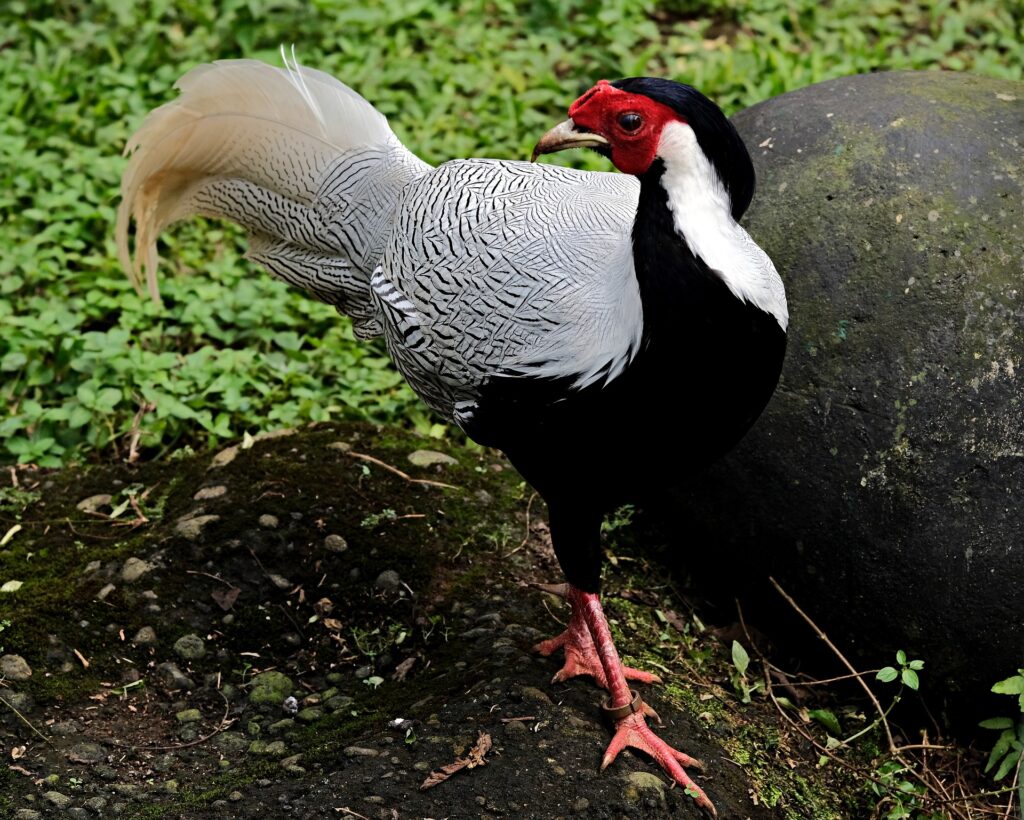
But why do zoos even do such experiments? Just as interspecies relationships in nature are constantly changing, so too, thankfully, is the way humans view the other species with which we share the world. This is also reflected in the changing beliefs and aspirations of the zoo as a wildlife institution. Rather than exhibiting a species as an isolated individual, the zoo now seeks to emphasize the importance of each species as part of a larger community.
Each living creature is an integral part of its habitat, and each habitat is unique because of the species that coexist alongside it. There are few places like the rainforest where this interconnectedness can be felt and experienced… whether in a natural jungle or in the small rainforest at the zoo.
Author: Leif-August Kirs


